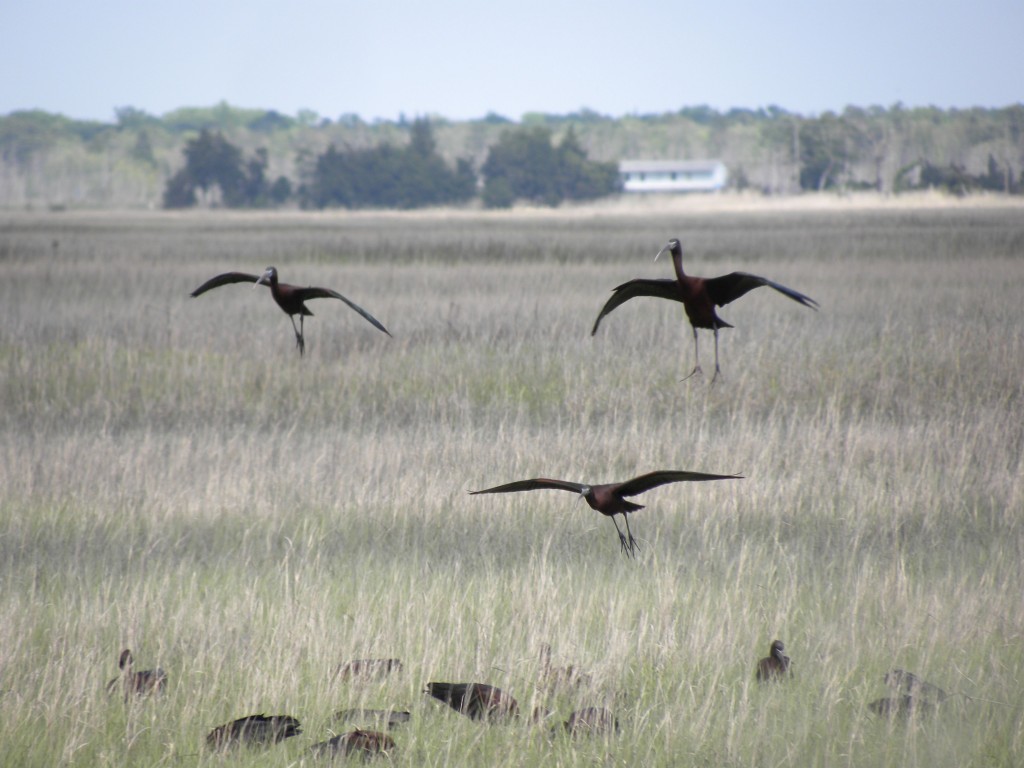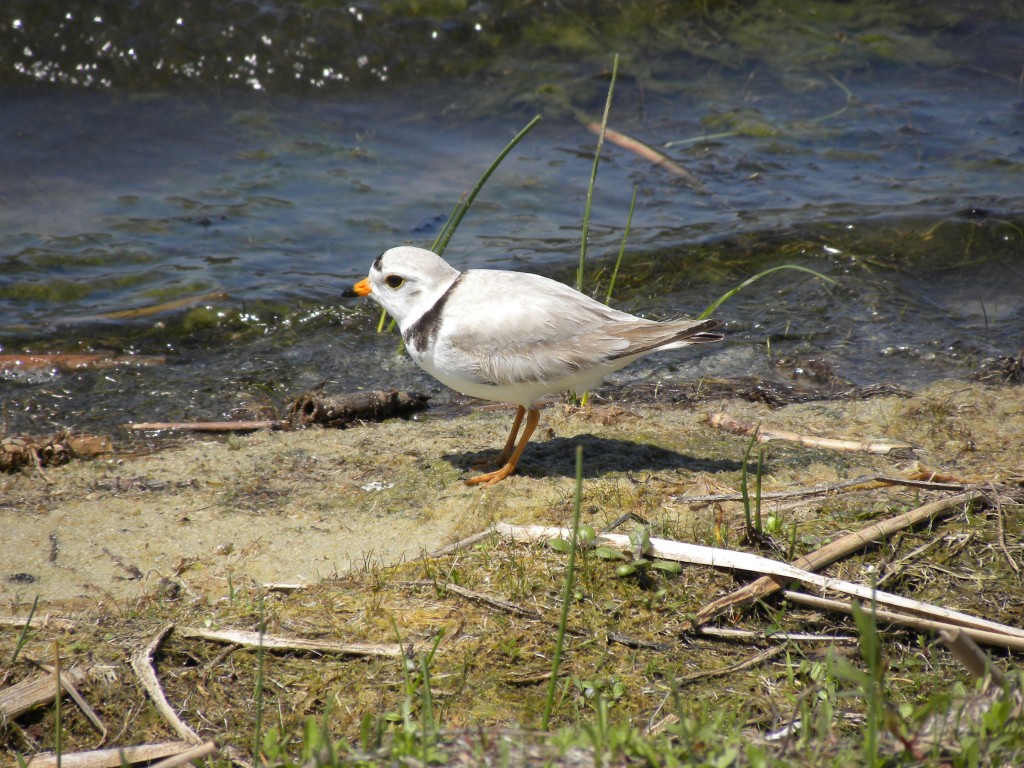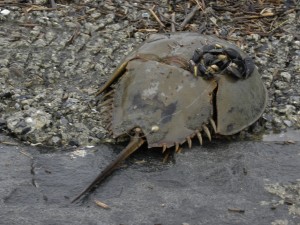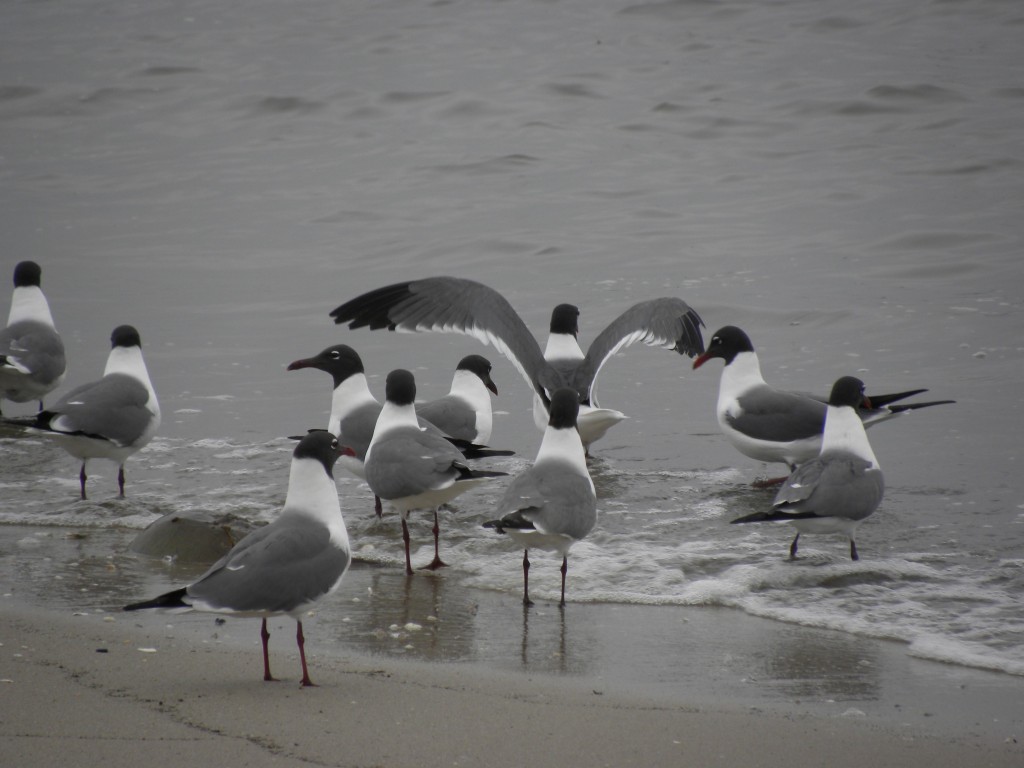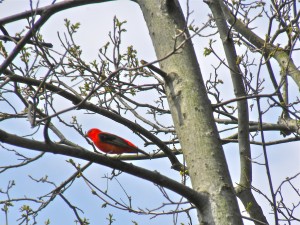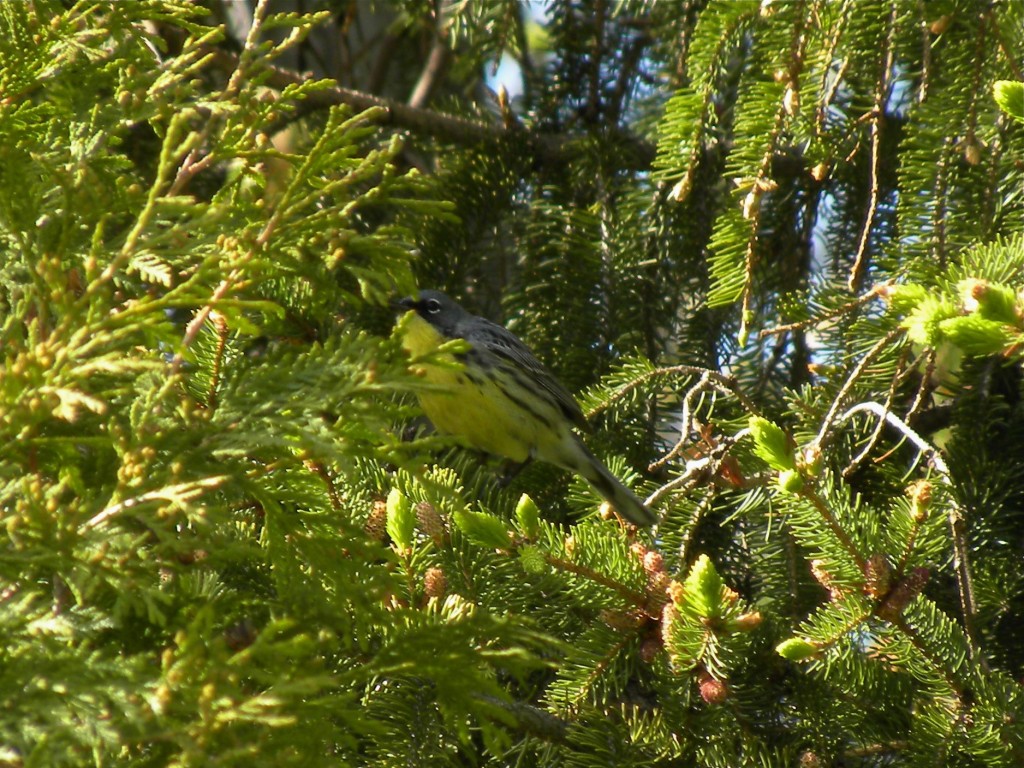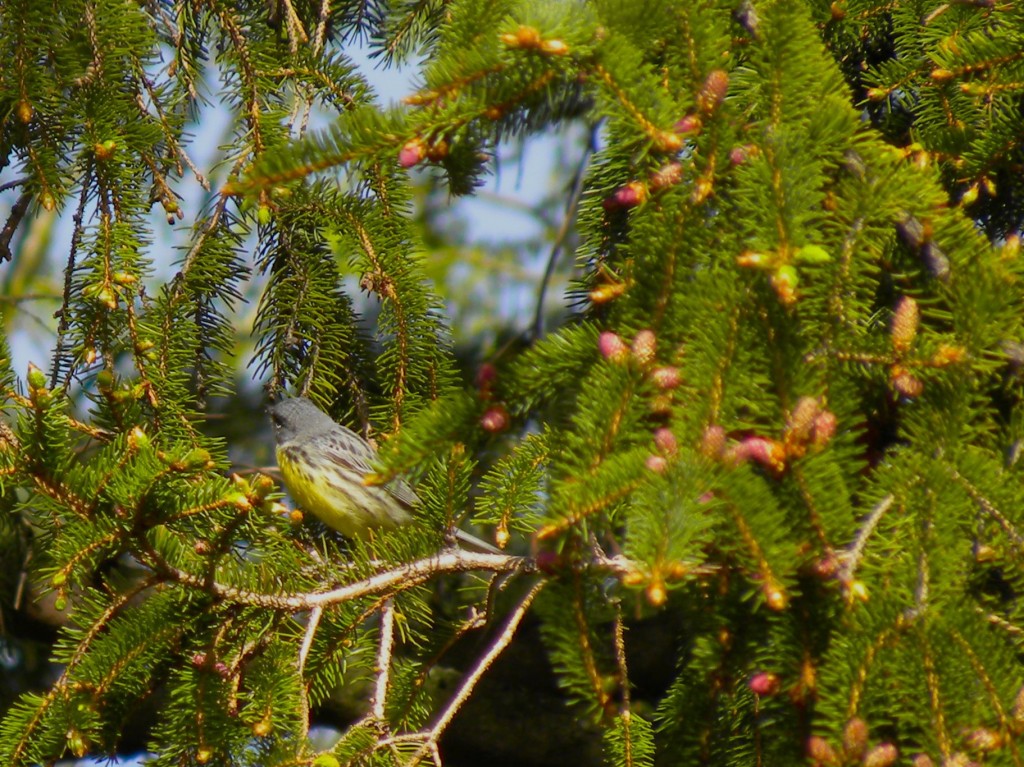May 12 2012. It would be hard to repeat the experience of a day like today. It wasn’t just a day of good luck or happenstance; it was a planned birding blockbuster. I had the privilege of leading a team of five birders of mixed experience and capability on a Birdathon. To list what we saw here would clog up the system, so I have created another blog page reporting on the day. Suffice to say here that we saw and/or heard 141 different species. That’s a lot.
Among an endless stream of birds, two perhaps three, species stick out. The ‘maybe’ candidate was a Wilson’s Phalarope. In my years of birding I can only recall seeing two or three phalaropes, and not necessarily Wilson’s; I don’t remember. Phalaropes, and there are three found in North America: Red, Red-necked and Wilson’s, are somewhere between a shorebird and a ballerina. They are birds of wetlands, much like a Lesser Yellowlegs, but very dainty and capable of doing pirouettes for food. We found one standing quietly as if waiting for the music to start, among some more elephantine shorebirds like Dunlins and Killdeers. I wished we could have been closer.
We made a stop in an area of extensive forest famous for great bird diversity, and on a walk among some towering pines, oaks and ashes we were stopped in our tracks by an anxious screeching from above. We were intruding in the territory of a Northern Goshawk and he (presumably) was trying to decide whether or not to take a swipe at us. It flew from treetop to treetop all the while warning us off. We left after getting a couple of photos and on our retreat heard Pine Warblers, Ovenbirds and Red–breasted Nuthatches.
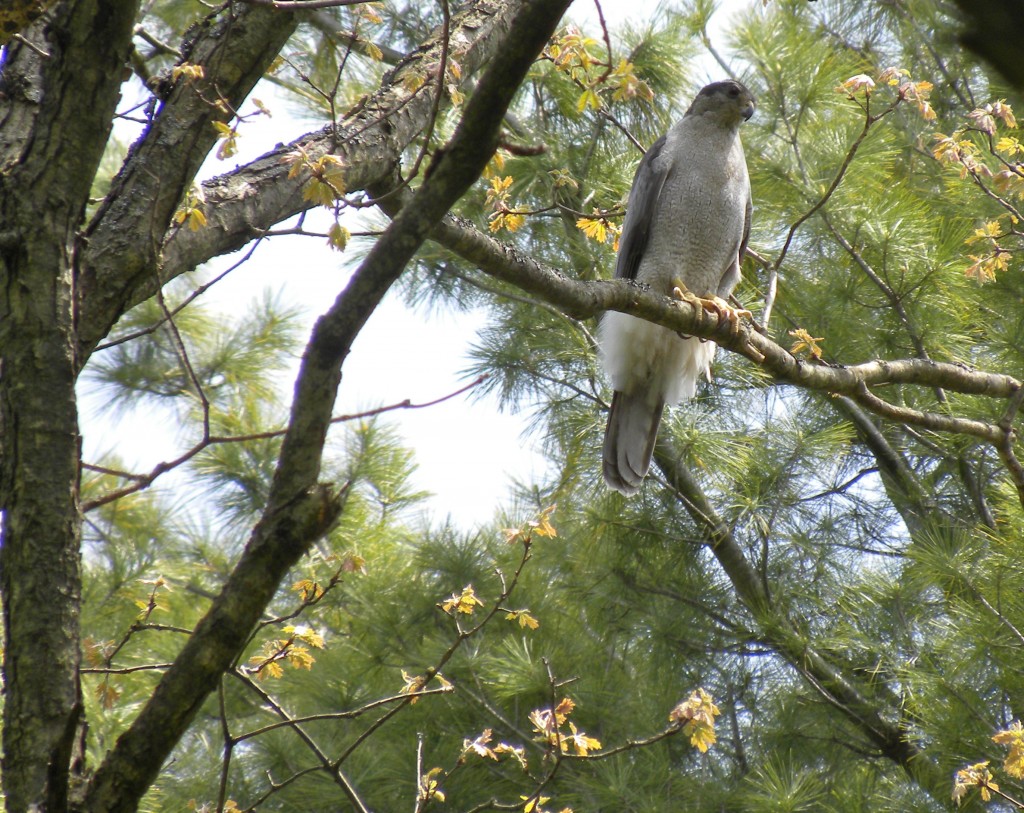
As our day drew to a close we stood on the edge of a very large cattail marsh. The light was fading and we were enjoying the clamour of evening birds: Least Bittern, Marsh Wrens and Swamp Sparrows. One of us wondered aloud whether we’d have a hope of seeing a Sandhill Crane; they breed in this area so it was not out of the question. As we debated our chances we heard the faint bugling calls of a pair way off to our right. We searched and quickly found them flying our way. As we watched they grew closer and closer until they passed right before our eyes, the pair in perfect formation, their long gangly grey bodies, necks and wings perfectly illuminated and their rusty caps shining. It was a stilling moment for all of us. What did we do to be in just the right place at the right time? Many of our group said they were the Bird of the Day and for a while I weighed them against the Goshawk and Phalarope. Hard to say.
